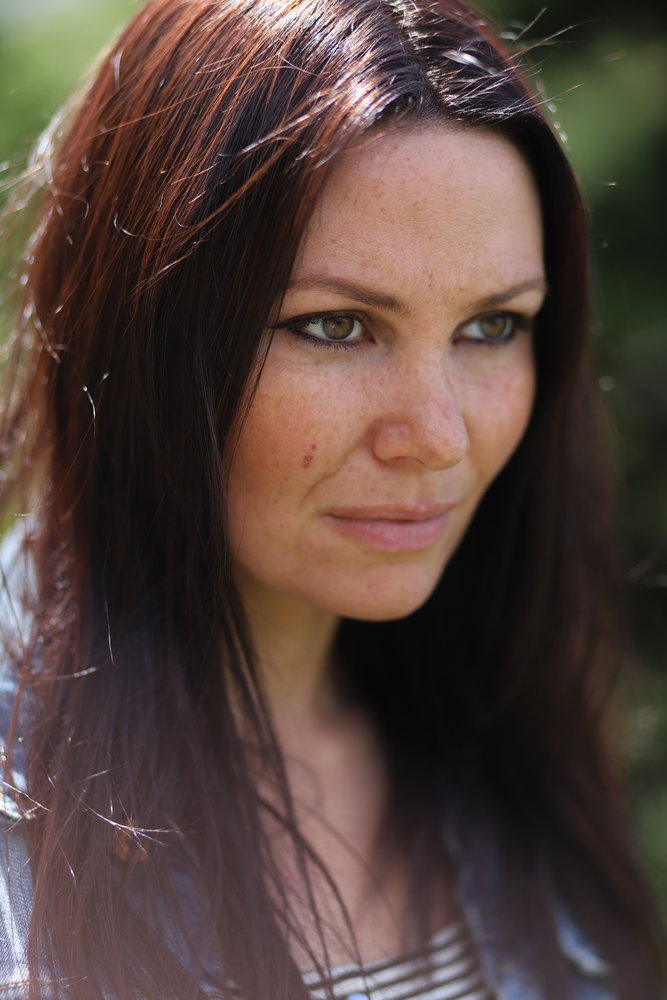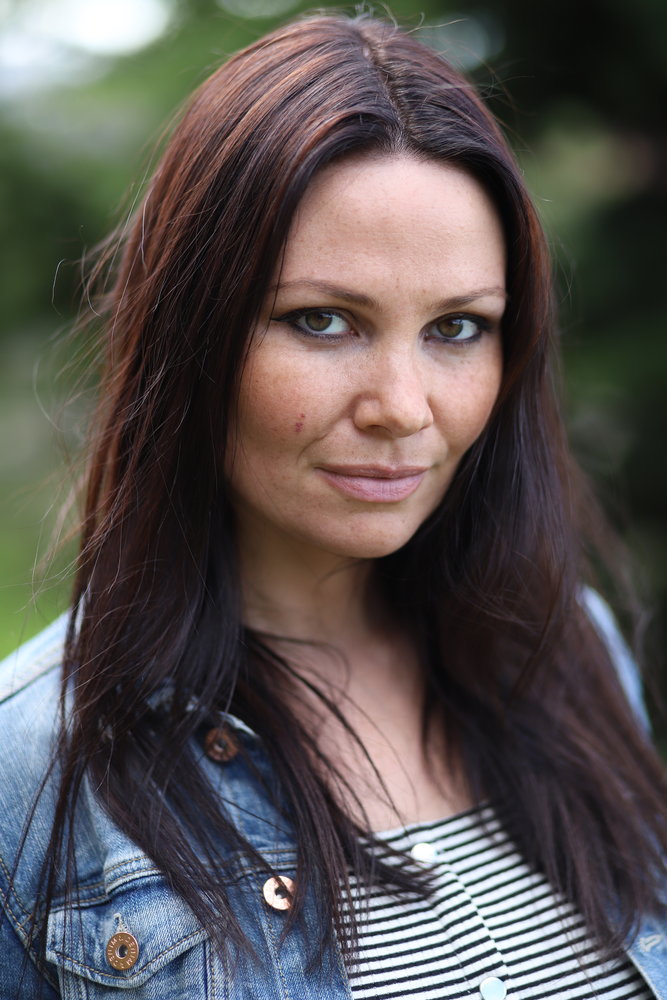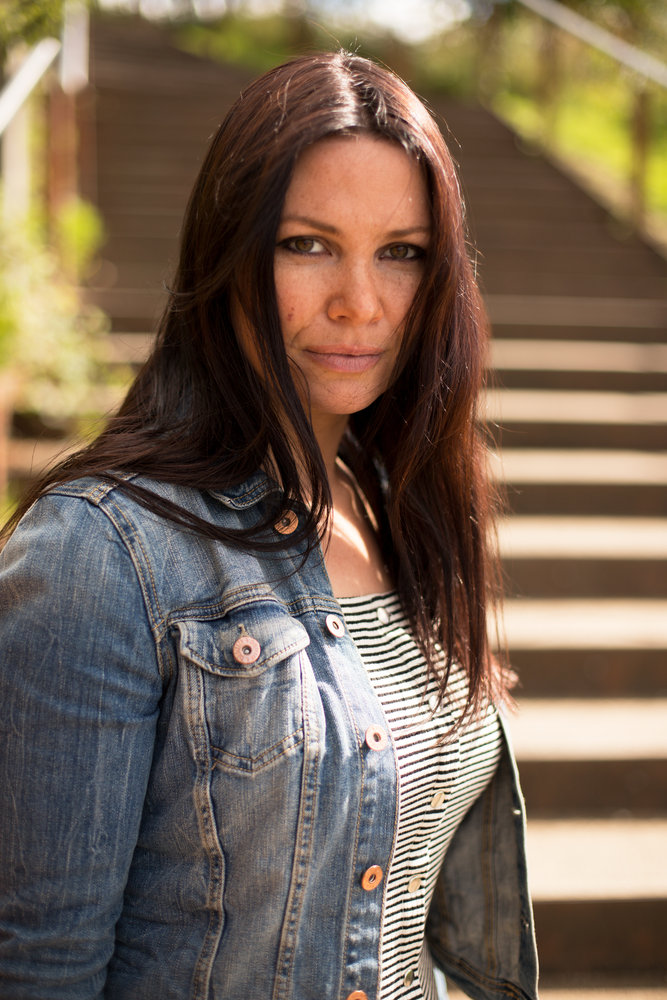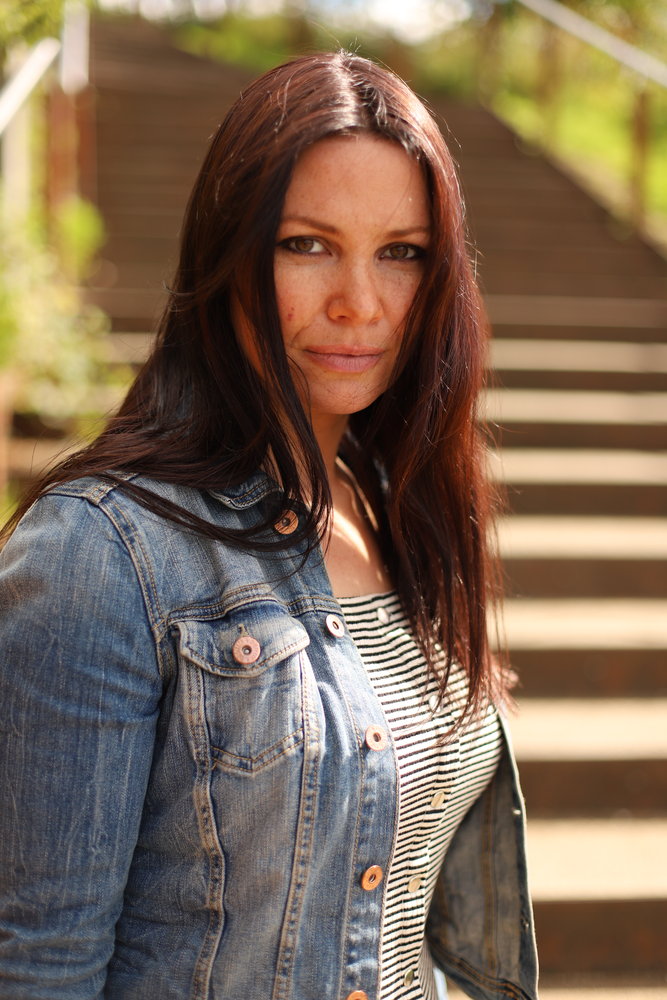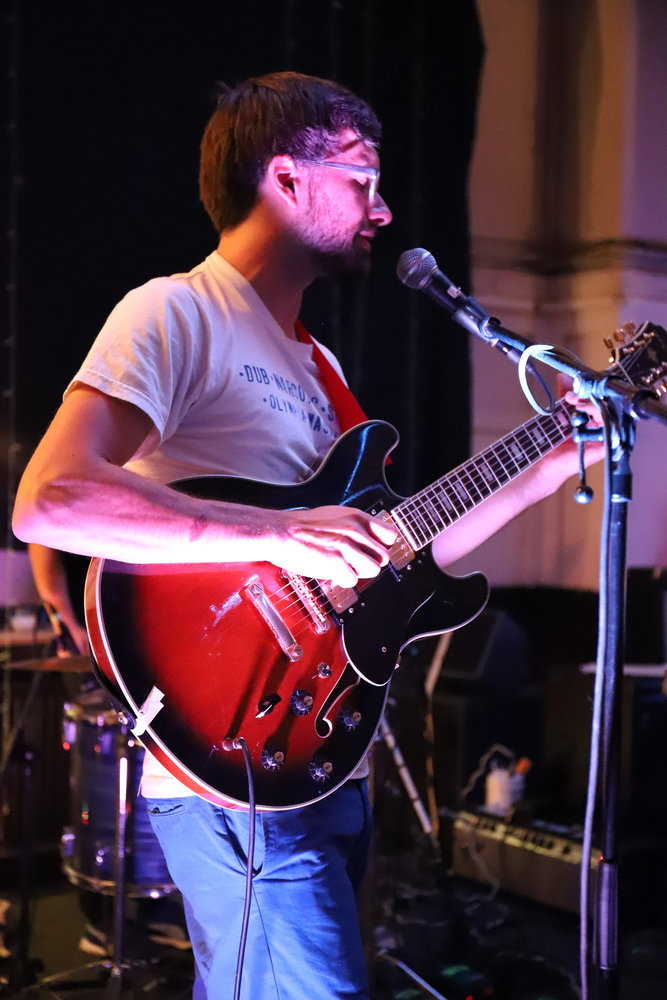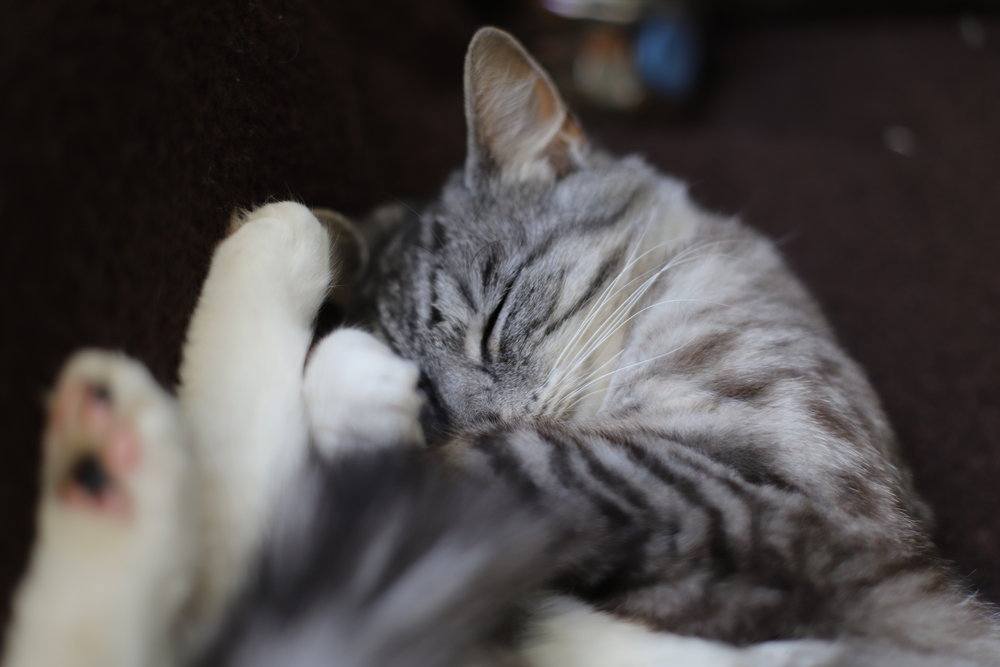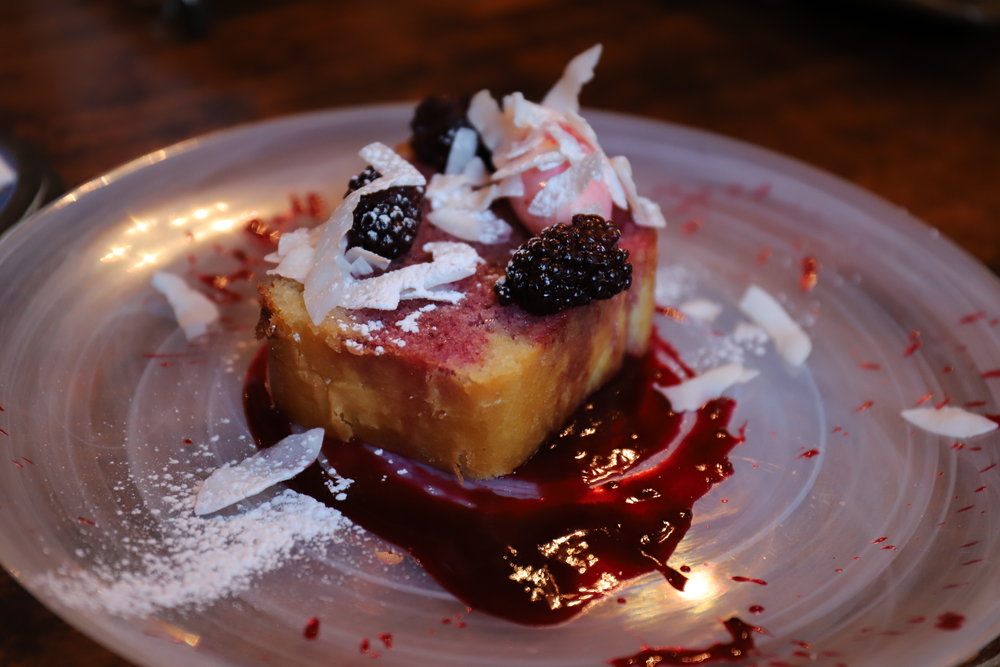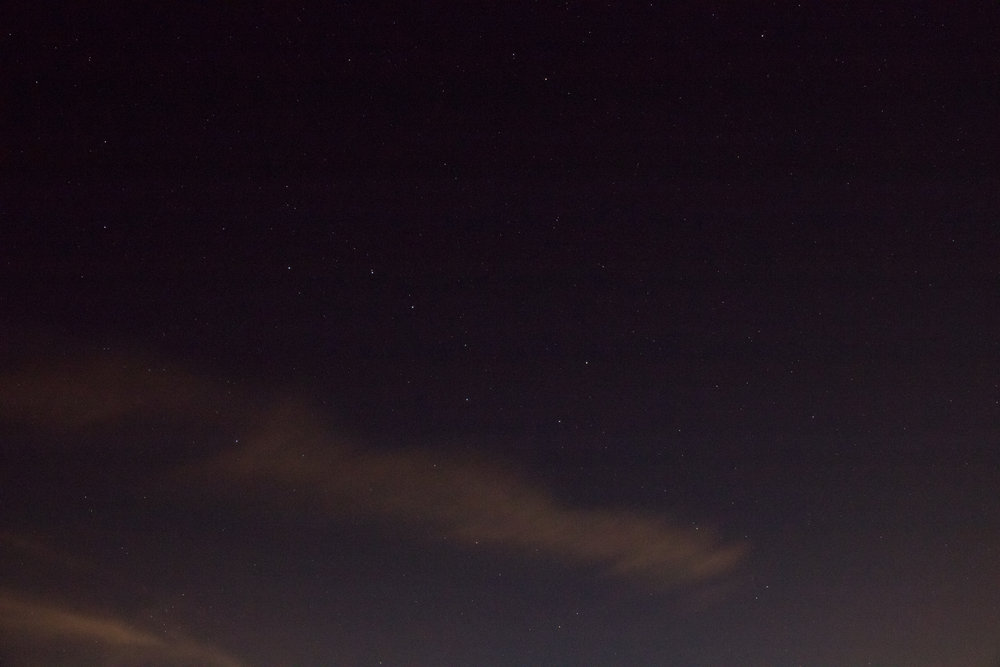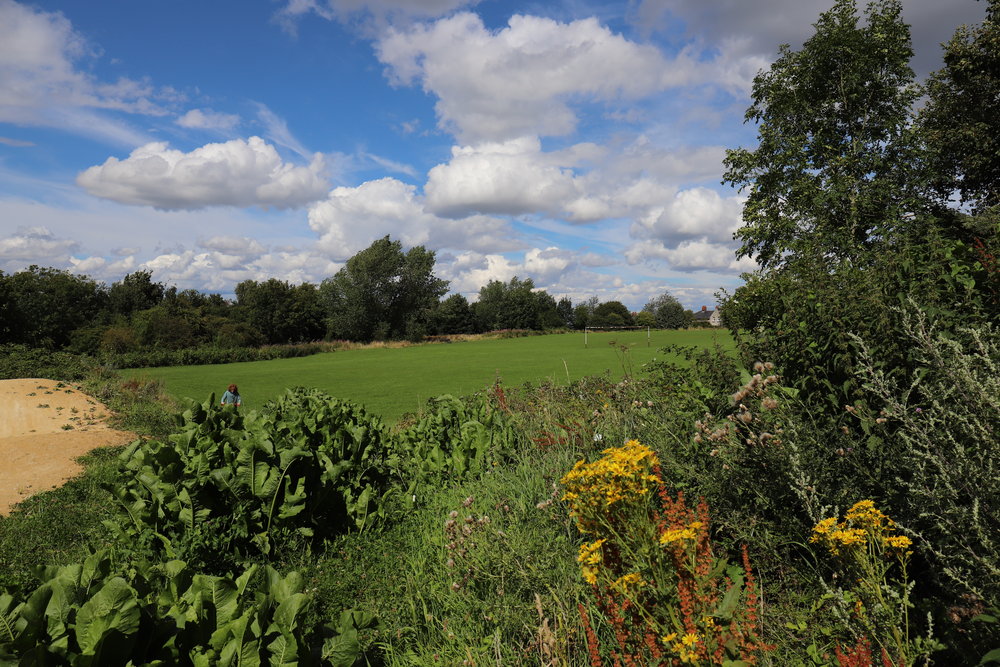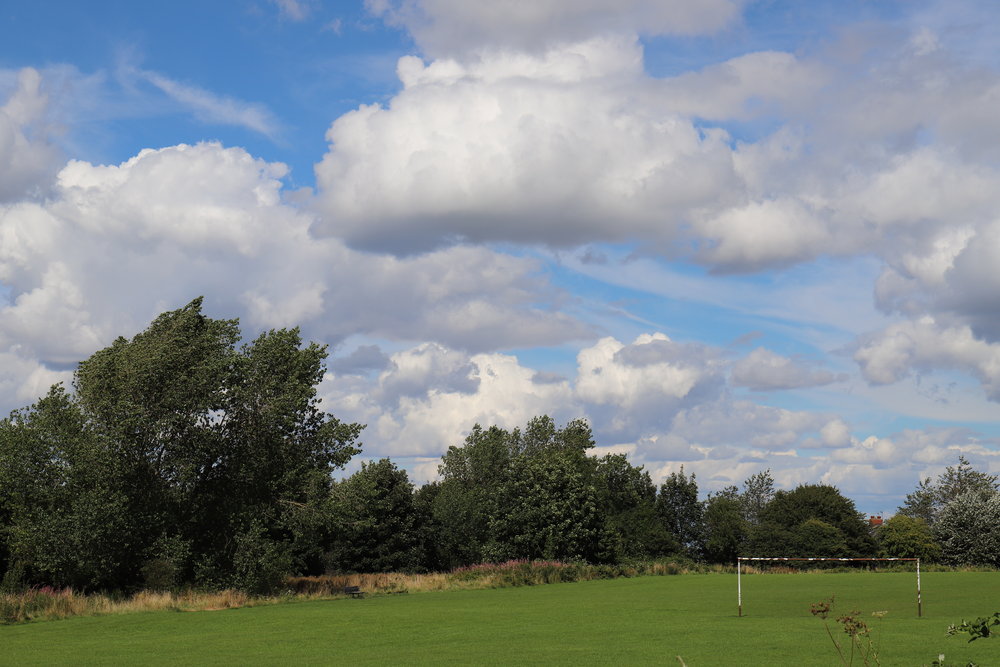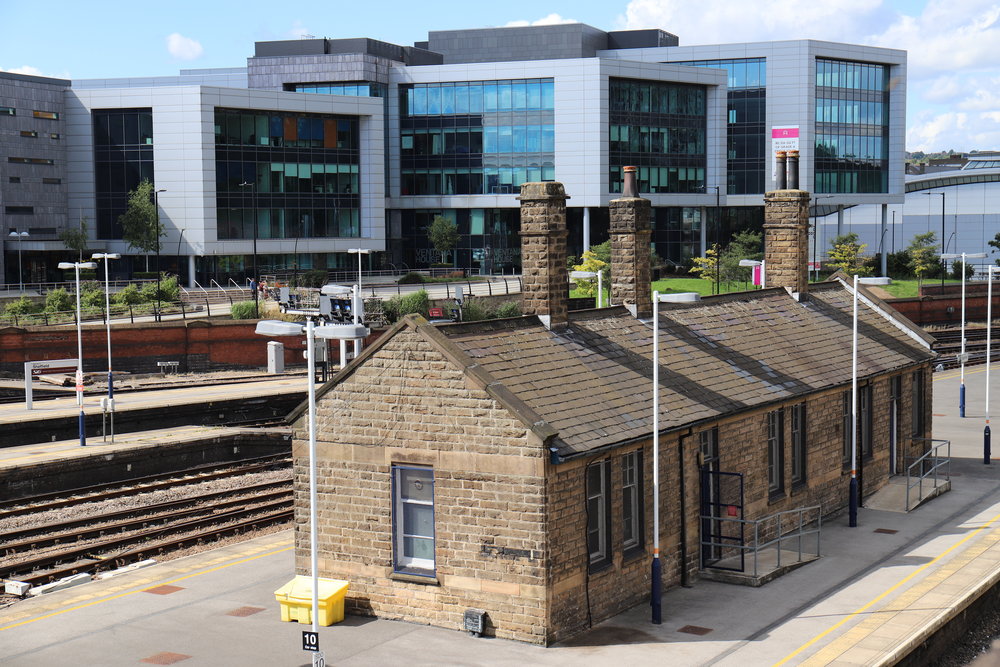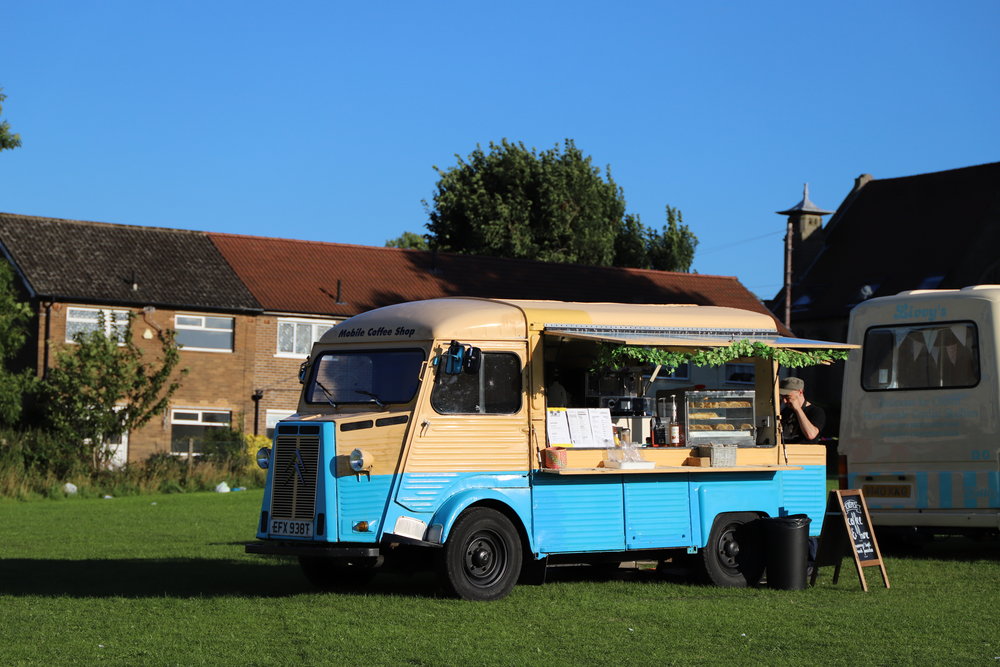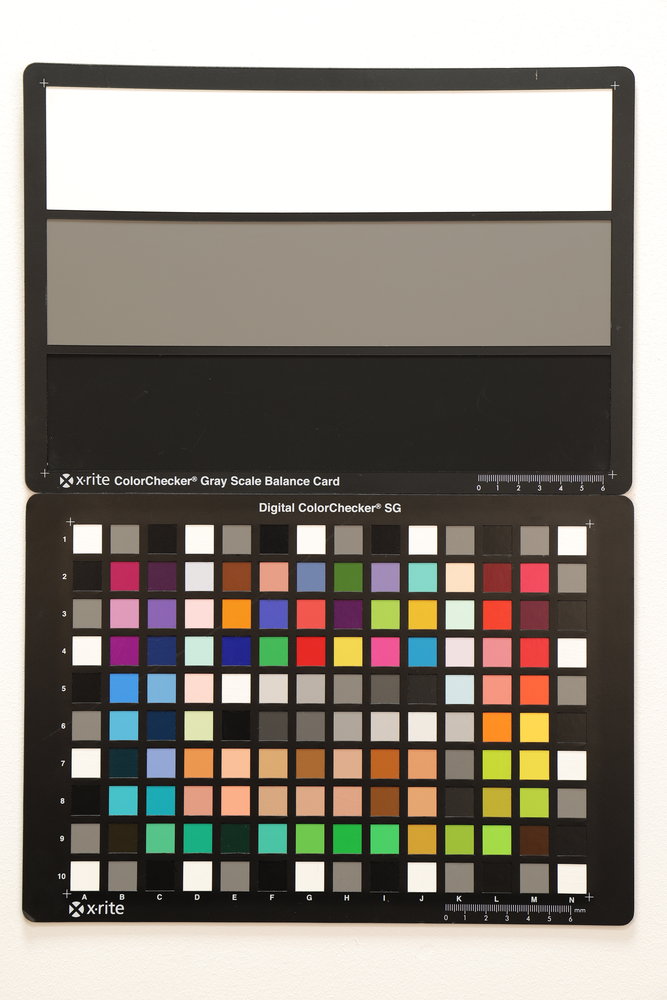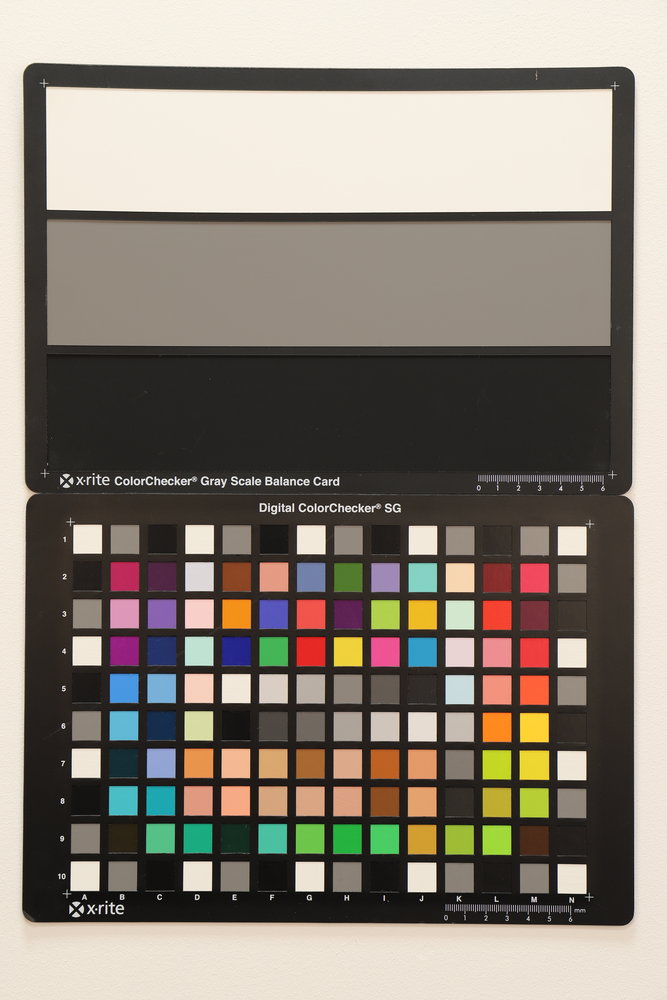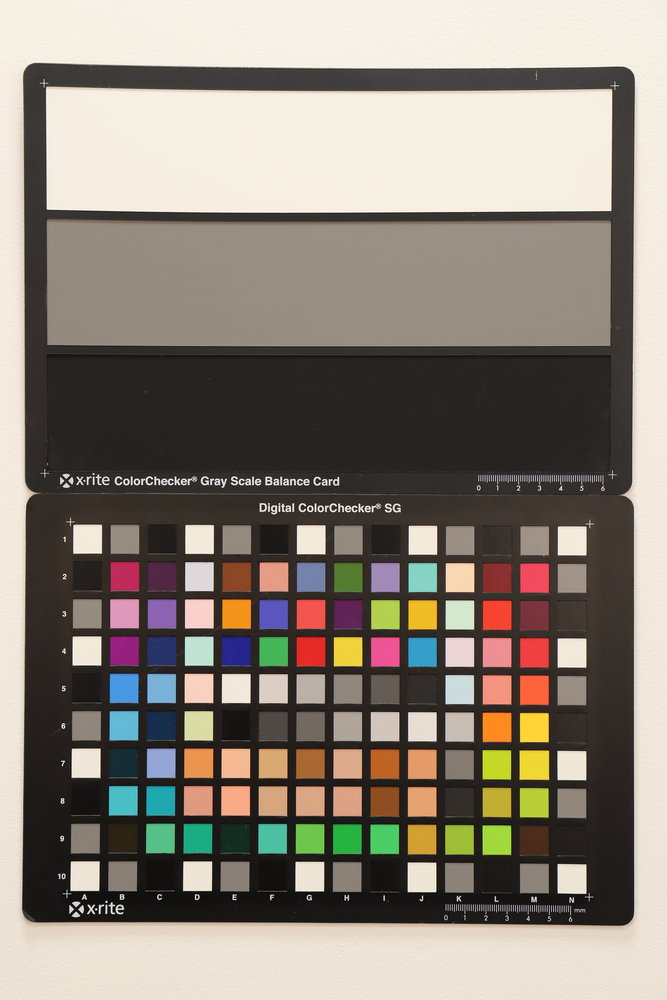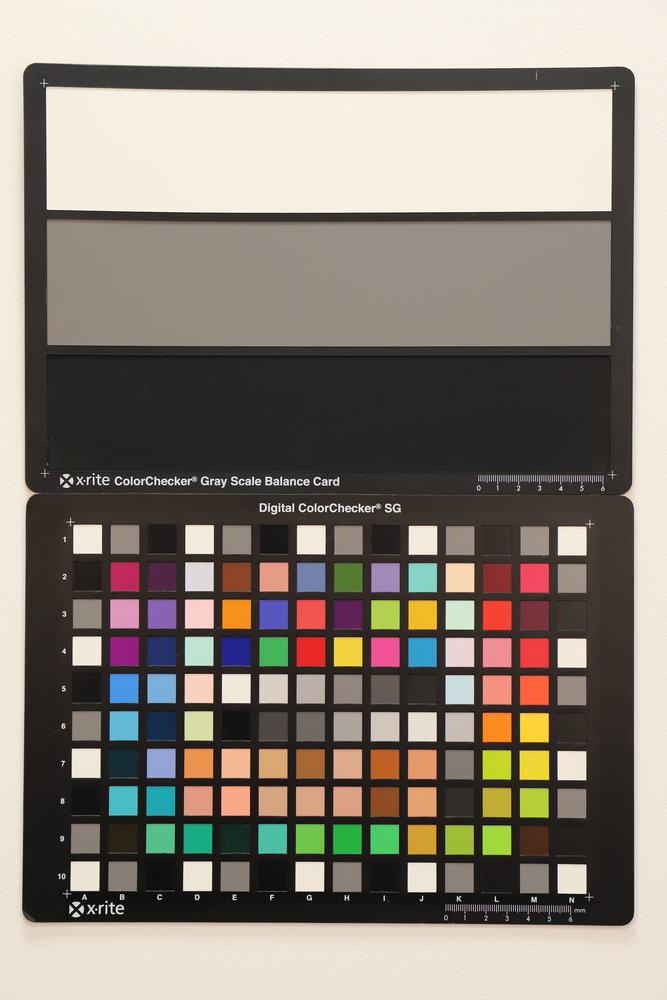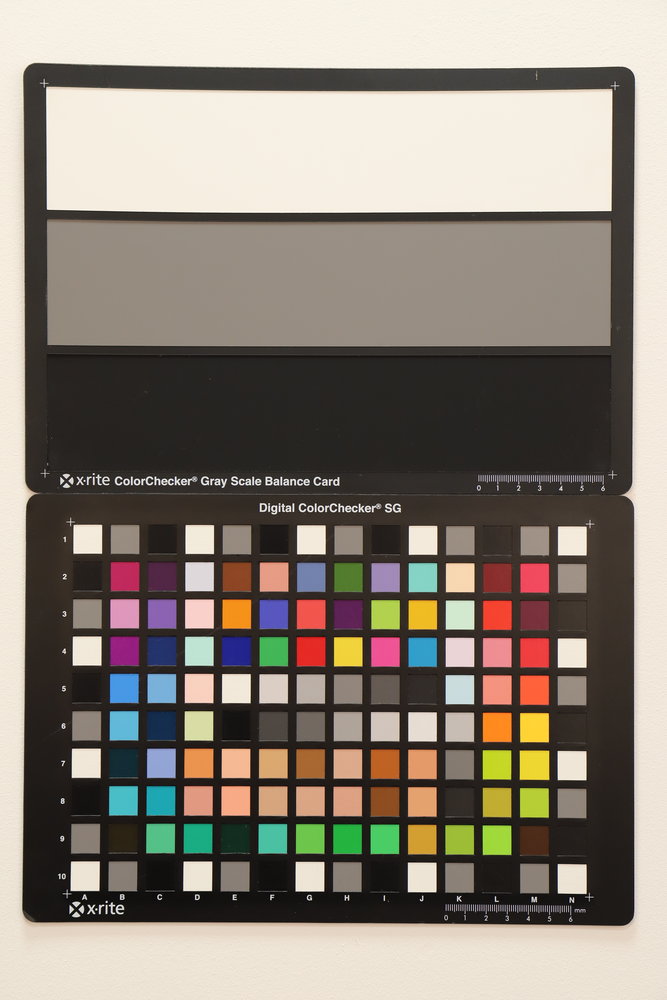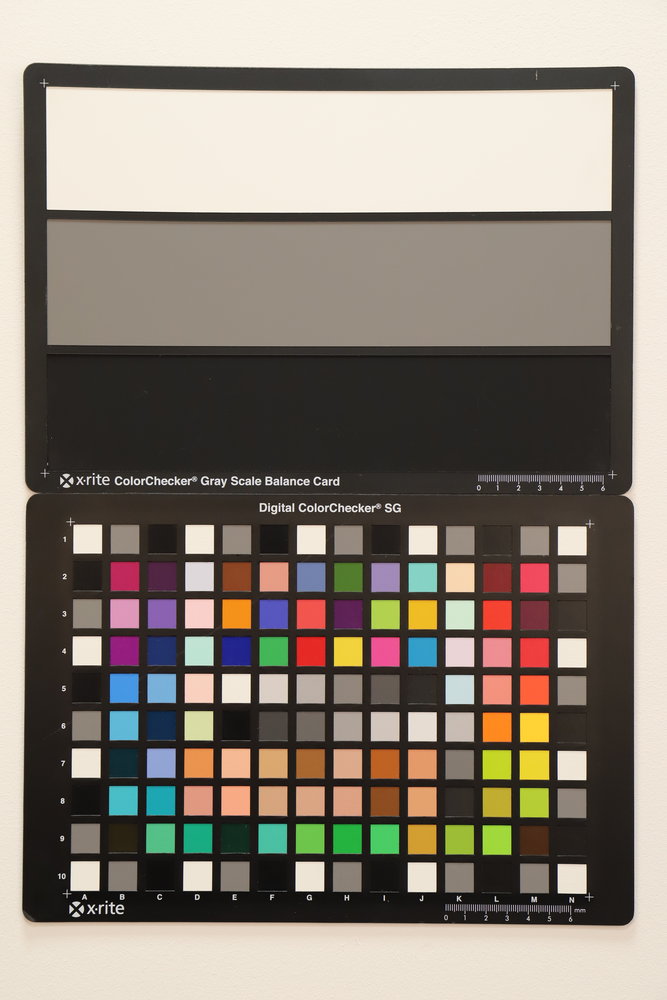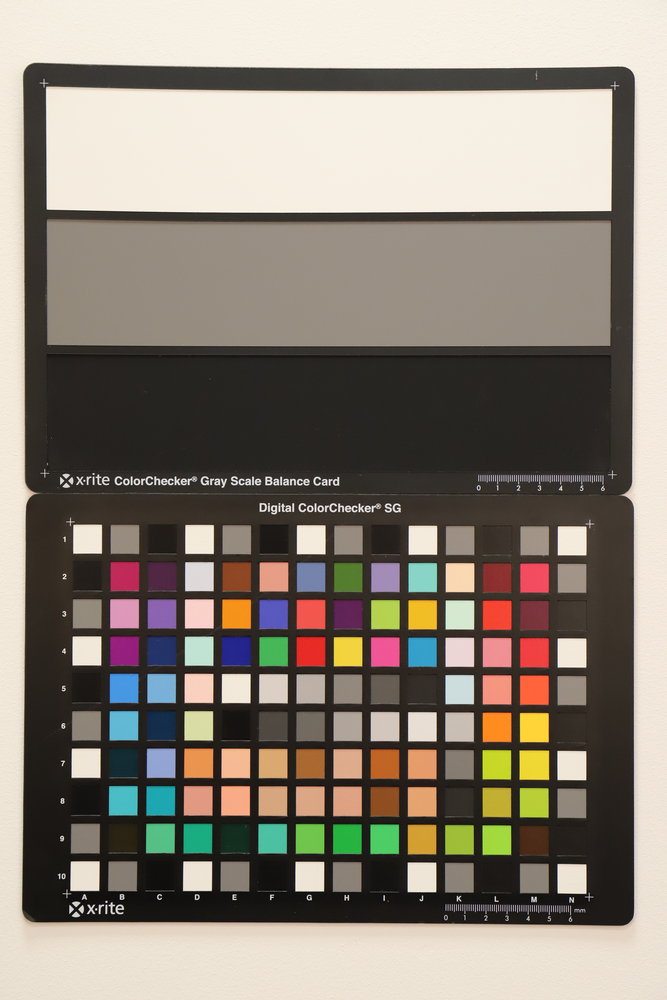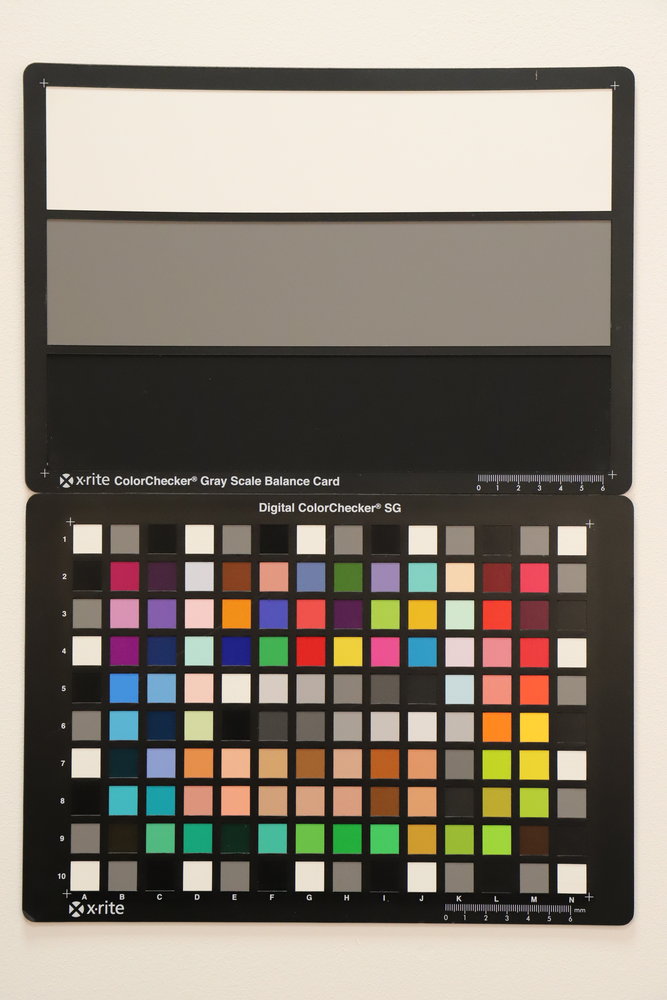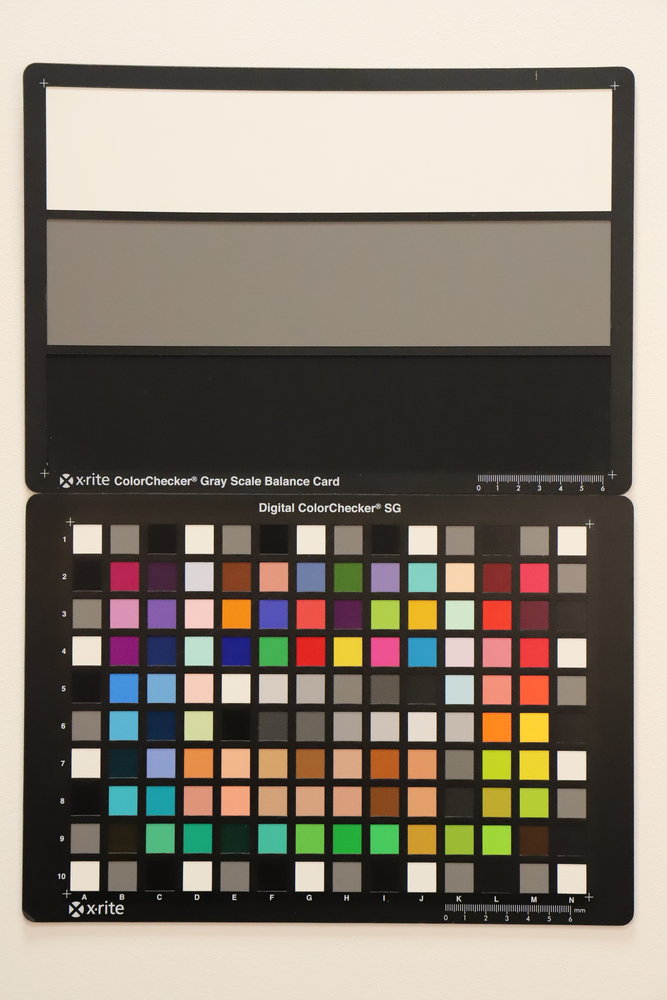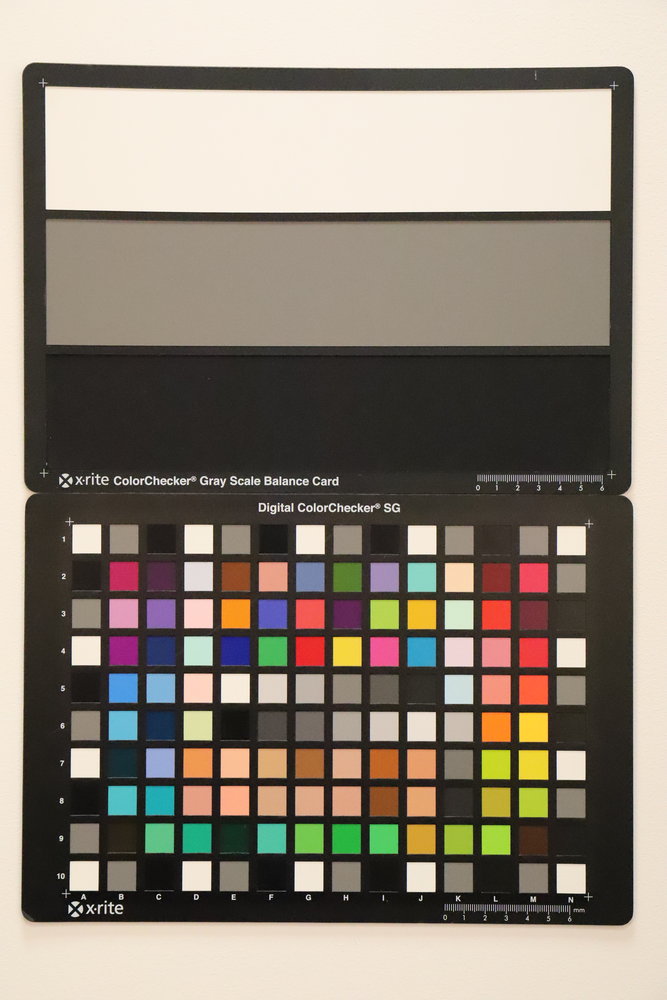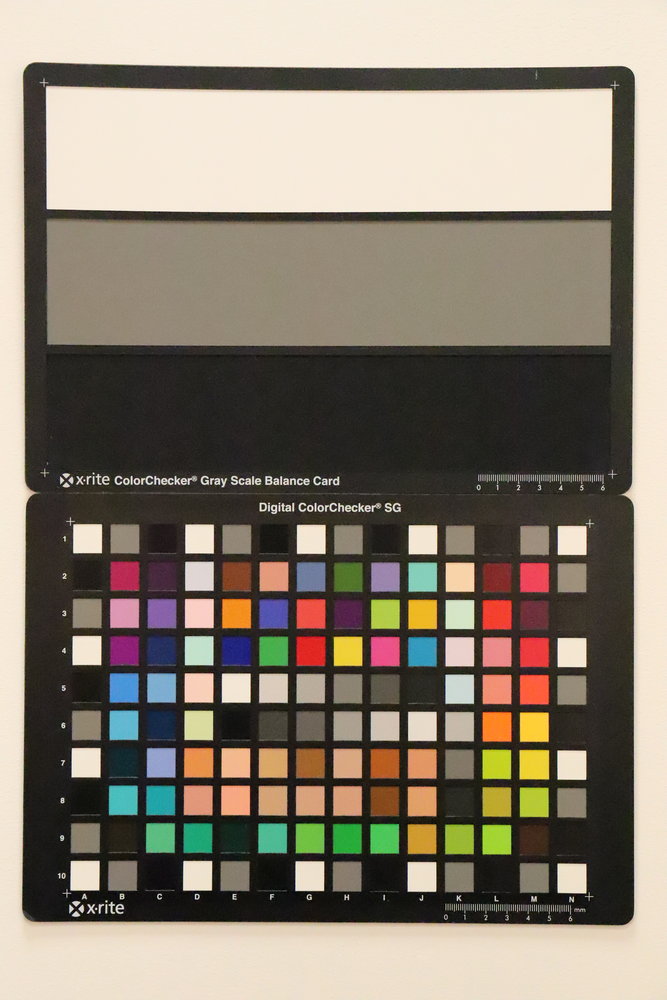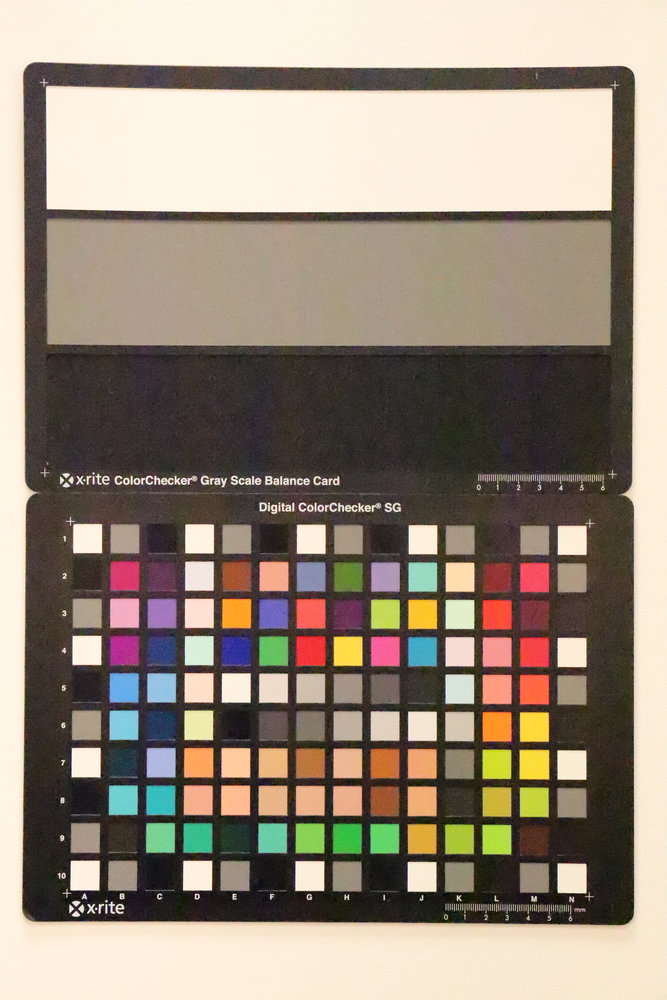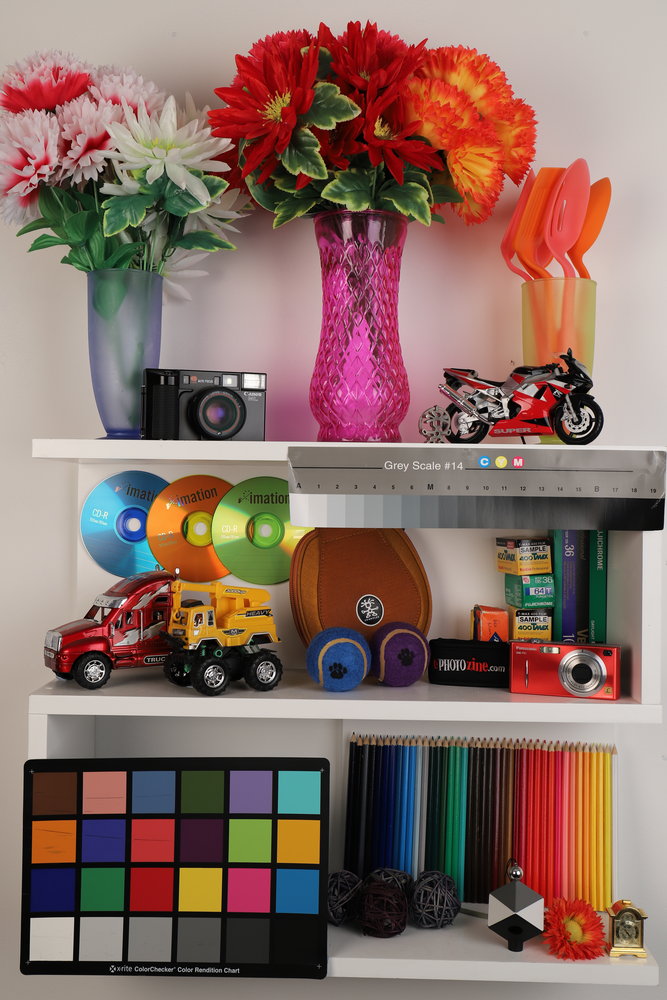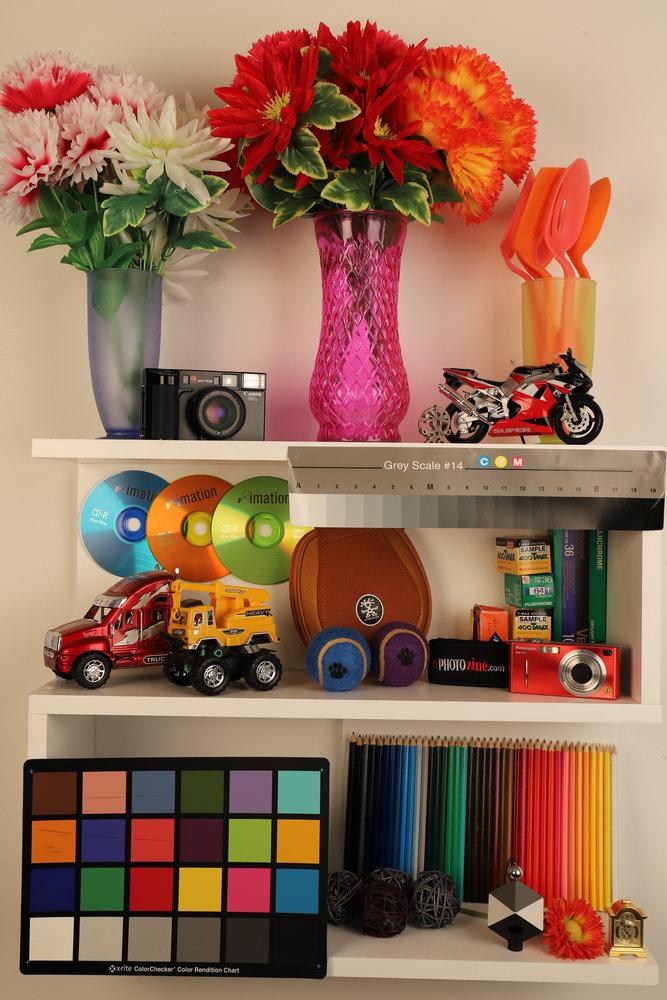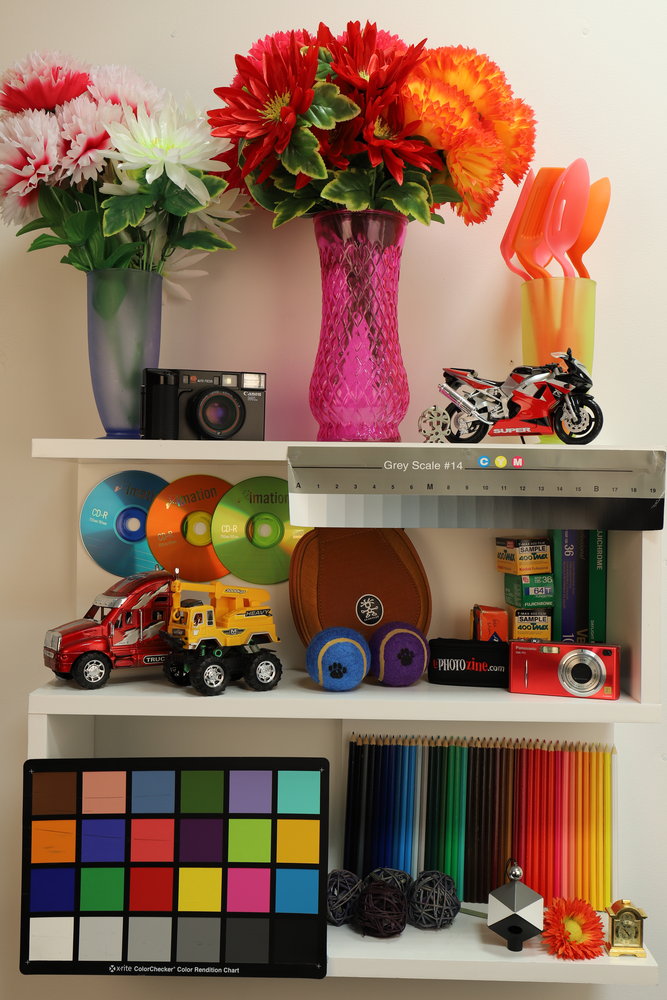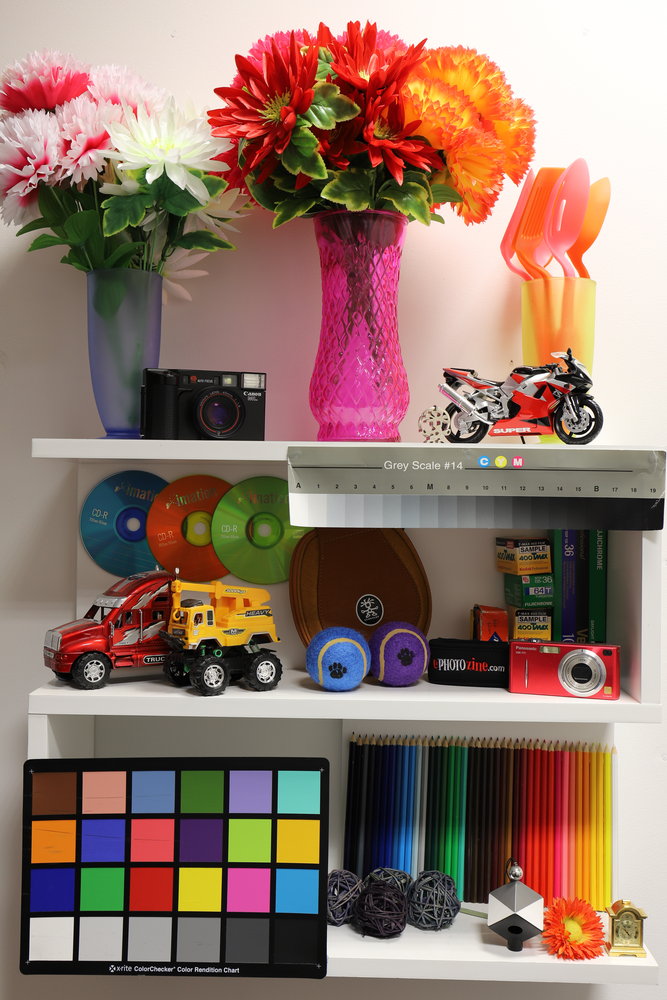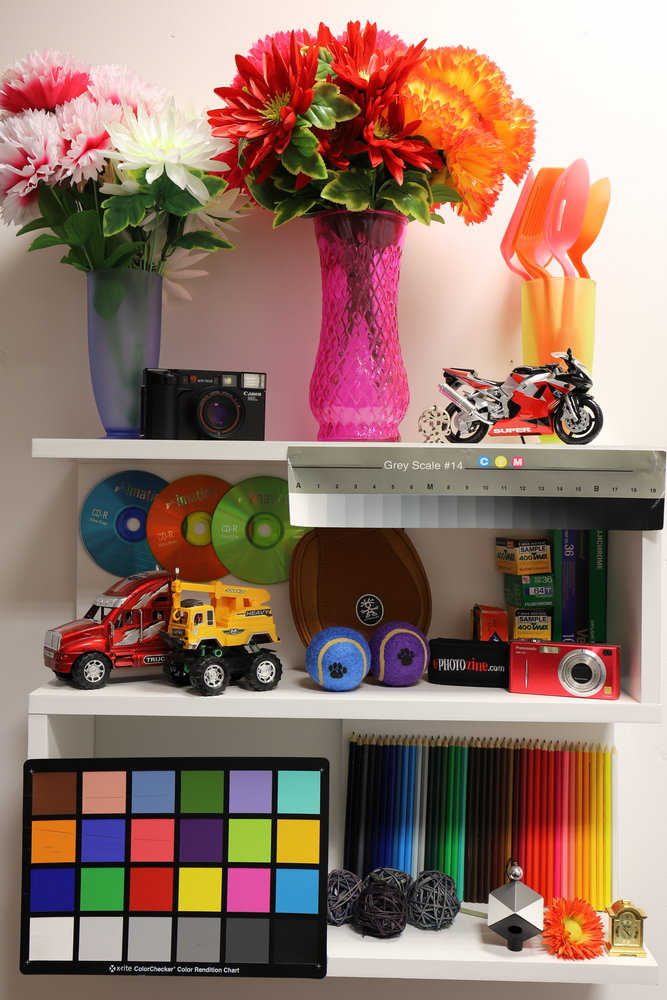
It’s been nearly 5 years since the Canon EOS 6D was announced in September 2012, and Canon’s replacement, the Canon EOS 6D Mark II – is designed to offer a compact full-frame Digital SLR, with high image quality and excellent low-light performance. The 6D II has an all-new 26-megapixel full-frame sensor, with dual pixel AF, as well as an updated 45-point AF system. The Canon EOS 6D Mark II is available for £1999 body only.
Canon EOS 6D Mark II Features
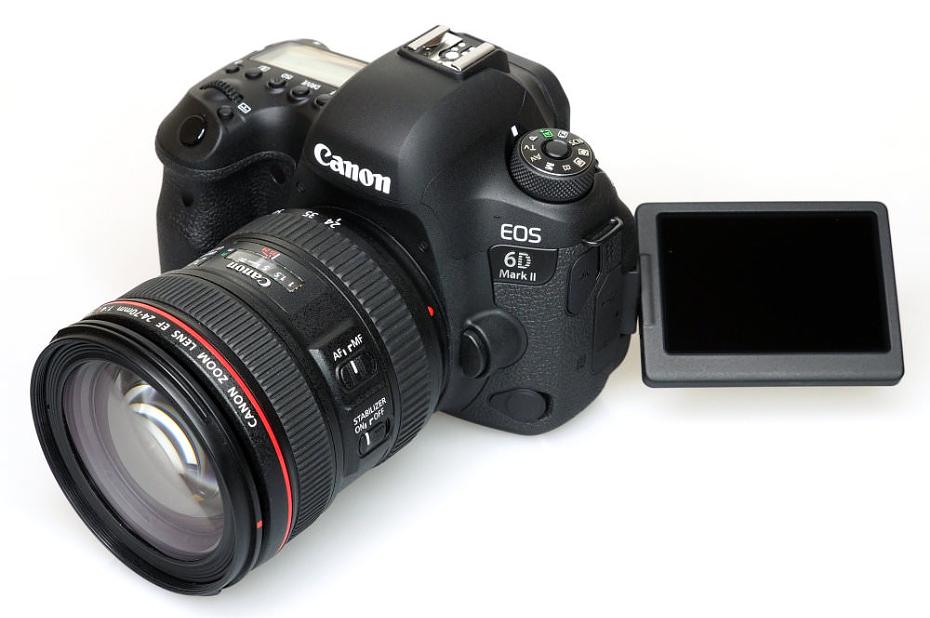
The 6D Mark II offers a range of updates and features that make it a significant update to the original 6D, here we run through some of the main differences:
Canon EOS 6D Mark II updates compared to the 6D:
- 26 mp Full-Frame sensor
- ISO range up to ISO40,000 (extended range ISO50 to ISO102400)
- 3inch vari-angle touch-screen
- 45 AF points (all-cross type) (increase over the 11 on the 6D)
- 6.5fps continuous shooting (increased from 4.5fps)
- DIGIC 7 image processor (15x faster than DIGIC 6 - 6D featured the DIGIC 5+)
- 1200 shot battery life
- Bluetooth added
Using a new dual-pixel AF CMOS sensor, the camera offers rapid live-view focus, with focus points covering 80% of the sensor. The number of focus points available has been increased to 45 cross-type AF points, with 27 of these f/8 focus points.
There's also a slight improvement in the optical viewfinder, with 98% coverage compared to 97% on the 6D. Magnification remains the same at 0.71x. Battery life is improved, with the 6D Mark II offering 1200 shots, compared to 1090 shots on the 6D.
The 6D Mark II offers a more compact, and more competitively priced option compared to the 30 megapixel 5D Mark IV, being over £1300 cheaper. Here we run through the main differences between the 6D, 6D Mark II and 5D Mark IV:
| Canon EOS 6D (Mark I) | Canon EOS 6D Mark II | Canon EOS 5D Mark IV |
| 20mp FF sensor | 26mp FF sensor | 30mp FF sensor |
| 3inch screen | 3inch vari-angle touch-screen | 3.2inch, 1.62m dot touch-screen |
| 97% OVF, 0.71x magnification | 98% OVF, 0.71x magnification | 100% OVF, 0.71x magnification |
| 11-AF points | 45-AF points | 61-AF points |
| - | Dual-pixel AF | Dual-pixel AF |
| ISO50-102400 | ISO50-102400 | ISO50-102400 |
| 4.5fps continuous shooting | 6.5fps continuous shooting | 7fps continuous shooting |
| FullHD video (30fps) | FullHD video (60fps) | 4K CINE video, mic, headphone |
| GPS + Wi-Fi built-in | GPS + Wi-Fi, NFC, Bluetooth built-in | GPS + Wi-Fi built-in |
| USB2 | USB2 | USB3 |
| 1090 shot battery life | 1200 shot battery life | 900 shot battery life |
| £1349 | £1999 | £3349 |
There have been a number of improvements, over the 6D, including improved focus, with both an increase in the number of focus points, as well as the introduction of sensor based dual-pixel AF. The camera offers improved speed, with 6.5fps continuous shooting and a video showing this can be seen below:
A new battery grip is available, offering extended battery life. The original 6D will still be available whilst stocks last but is no longer being manufactured.
There are full manual controls, scene modes, and creative effects, plus two custom modes on the mode dial. For beginners there is a Scene Intelligent Auto mode.
GPS and Wi-Fi was built-in to the 6D, and the 6D Mark II adds to this with built-in NFC and Bluetooth. NFC makes it easier to connect the camera to a compatible smartphone (with NFC). Bluetooth can be used for low power image transfer. GPS lets you Geotag images, and you can also use GPS information to ensure that the time recorded in EXIF data is accurate.
The camera is weather-sealed, and there is a 3inch vari-angle touch-screen on the back of the camera. You can use the touch-screen to change settings, and browse the menus. It can also display a dual-axis electronic level.
The 6D Mark II records FullHD video at frame rates up to 60fps, with 5-axis digital IS available. There are built-in stereo microphones, and a mic socket can be found on the side of the camera.

Key Features
- 26mp Full-Frame Dual-Pixel AF CMOS sensor
- DIGIC 7 image processor
- 98% view optical viewfinder, with 0.71x magnification
- 3.0inch vari-angle touch-screen, 1040K dots
- 45-AF points, all cross type, 27 with f/8 sensitivity, -3EV
- ISO100 to ISO40,000 (Native), Extended: ISO50 to ISO102400
- 6.5fps continuous shooting
- Wi-Fi, Bluetooth, NFC
- GPS built-in
- FullHD video at 60fps, with 5-axis digital IS, Mic socket
- HDR movie recording, Timelapse 4K movie creation
- Weather-sealed body
- 1200 shot battery life
Canon EOS 6D Mark II Handling
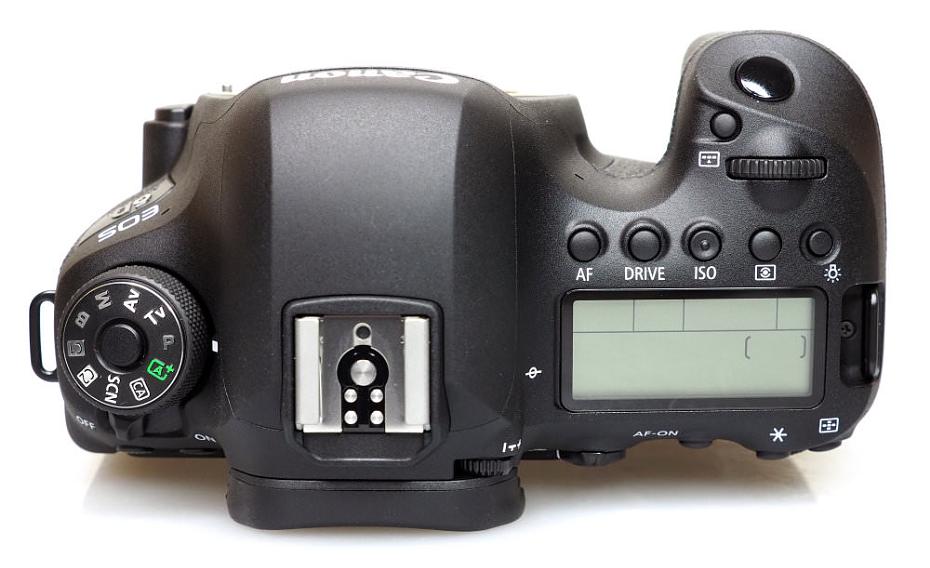
The Canon EOS 6D Mark II will feel comfortable and easy to use for anyone who has used other EOS cameras, and features a new focus button next to the shutter release button to give quicker access to the camera's updated focus system. The layout of the rest of the buttons on the back of the Mark II are almost identical to the original 6D, apart from a few minor tweaks, along with a space to allow you to move the vari-angle screen.
The camera has a solid body made out of polycarbonate resin with a special conductive fiber, the chassis is made out of aluminium alloy and polycarbonate resin with glass fiber. It's also weather-sealed. Weighing 765g (with battery and memory card), the camera is only 10g heavier than the 6D, and only 35g heavier than the Canon EOS 80D (with APS-C sensor). The 6D Mark II uses the same battery as the 6D.
The camera has a deep hand grip with ample rubber, with a good sized rubber grip at the rear for your thumb, as well as rubber on the left of the camera to aid two handed grip. The camera has a locking mode dial, which means you have to press the centre button before turning it, and the on/off switch can be found underneath. The top LCD can be lit up with the press of the light button, and the ISO button has a small dot so that you can easily find it.
Using the rear dial in P (Program) mode you can quickly change the exposure compensation, or in manual modes, use both the top and rear dials to adjust aperture and shutter speeds. You can use the lock switch to stop the rear dial being accidentally used. Using the Q button you can quickly change settings on the rear screen, using either the control pad or using the touch-screen. It doesn't take long to get used to the location of the controls, and you can also view settings in the viewfinder, as you change them, so that you don't have to hold the camera away from your eye.
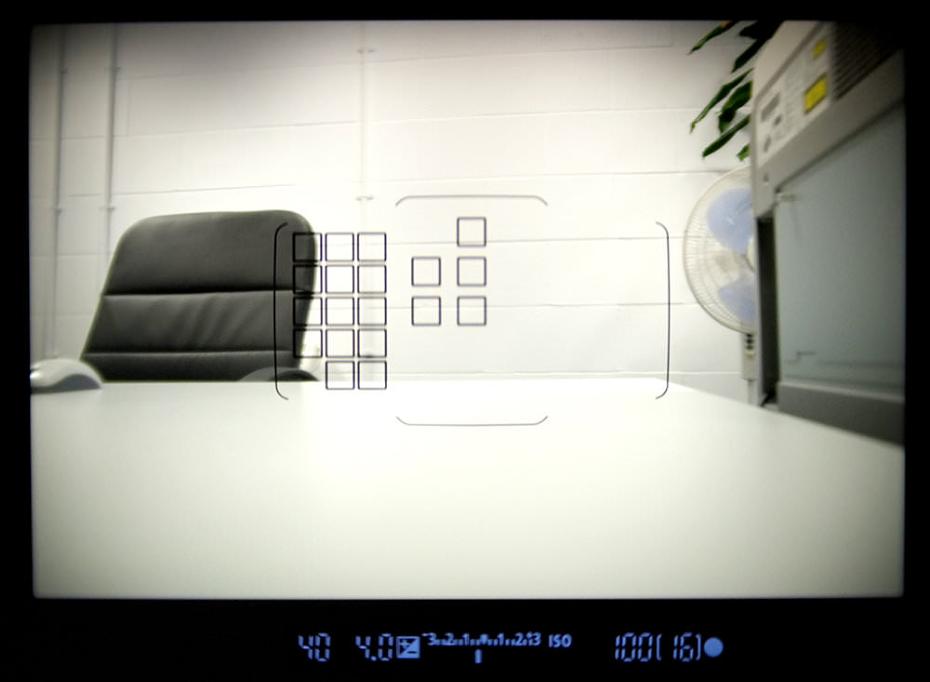
Canon EOS 6D Mark II Focus Through Viewfinder
There are 45 AF points, arranged in the centre of the frame, covering a smaller area than the 5D Mark III and 5D Mark IV - both feature 61 AF points. Using live view you can select a much wider area of the frame covering 80% vertically and 80% horizontally. The specifications say there are 63 live view AF positions, although when selecting the focus point, there appears to be more than this. Focus was generally reliable in a variety of shooting conditions.
The optical viewfinder (OVF) is quite reasonably sized, with a soft rubber surround. The screen is clear, bright, and has excellent viewing angles. As you can tilt the screen you can shoot at more creative angles. The screen doesn't rotate fully forwards, but is easily viewable for self-portraits and framing the shot in live view. You can view the dual-axis electronic level on the screen, but not in the viewfinder.
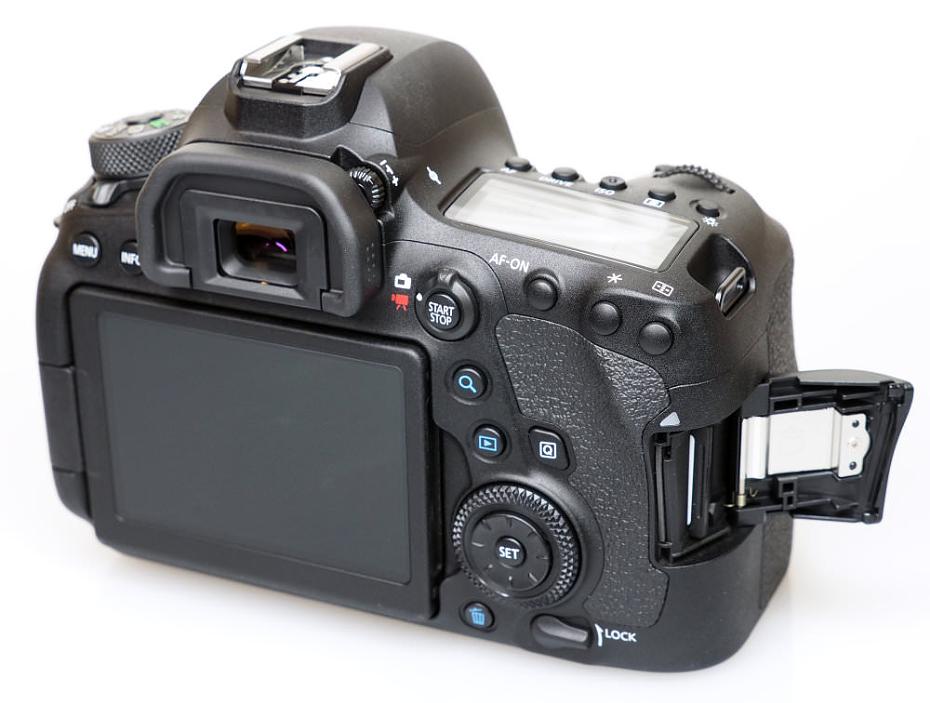
Menus – The menus should be familiar to anyone who's used any of Canon's recent Digital SLRs, and wach mode has a welcome screen. A number of options are available in the menus, however, the more advanced focus options are found in the custom menus. You can use the touch-screen to select and change options. In the custom menus you'll find more advanced AF settings, including AF microadjustment. When using the Q menu, there is built-in help giving you more information.
Wi-Fi features - Setting up a connection to your smartphone or tablet is relatively easy. The app, Canon Camera Connect, guides you through the process making it as easy as possible for you. Once setup, it’s easy to transfer images over, as well as remotely control the camera. If your smartphone features NFC, then you can use this to quickly setup the connection.

Battery life - Battery life is rated at 1200 shots according to Canon / CIPA test results, which is excellent, and an improvement over the original 6D.
Canon EOS 6D Mark II Performance
The performance section is where we look at the image quality performance of the camera. Additional sample photos and product shots are available in the Equipment Database, where you can add your own review, photos and product ratings.
Speed - We took a number of shots to test the camera's responsiveness, from switch on to first photo, shot to shot, focusing speed etc. We take a number of shots and then use the average to ensure accurate and consistent tests, making it easy to compare with other cameras.
| Shutter Response | <0.1secs (<0.05sec LV) |
| Wide - Focus / Shutter Response | 0.175secs (0.3-0.6secs LV) |
| Full zoom - Focus / Shutter Response | 0.125secs (0-1-0.3secs LV) |
| Switch on Time to Taking a Photo | 0.5secs |
| Shot to Shot without Flash | 0.3secs |
| Shot to Shot with Flash | N/A |
| Continuous Shooting - JPEG (shots before slow down) |
6.5fps (280 shots), 6.5fps LV |
| Continuous Shooting - Flash | N/A |
| Continuous Shooting - RAW | 6.5fps (21 shots) |
Focus and shutter response are both quick, although focus was slightly slower in live view (LV) mode. We tested focus speeds with the Canon EF 24-70mm f/4L. Live view continuous shooting speed is 6.5fps. We used a Sony G SD memory card.
Canon EOS 6D Mark II Sample Photos
Sample Photos - Using a full-frame camera, with bright lenses can make keeping the subject's eyes in focus more difficult. This isn't helped by the need to focus and re-compose shots due to the focus points being in the centre of the frame when you're not using live-view. Switching to live-view focus gives you a wider focus area, but we'd rather shoot using the optical viewfinder for portraits.
Colour and exposure is reliable, and the camera gives excellent colour straight from the camera. You can adjust the picture style, and there a number of presets built-in. These can be adjusted, with settings for sharpness (including strength, fineness, threshold), contrast, saturation, and colour tone. You can select an HDR mode in the menus, and there are options for Natural results, as well as "Art" effects. Auto Lighting Optimizer will help record additional dynamic range in photos, and there's also a Highlight tone priority option.
Canon EOS 6D Mark II Lens test images
Lens Performance - The camera delivers clean, noise free images at the lowest ISO settings. Lens aberration correction is built-in to the camera, and works with Canon lenses, correcting for peripheral illumination (vignetting), chromatic aberrations, distortion, and diffraction. Because of this, we didn't find any issues with lens distortion, although did need to remember to correct this when converting from raw images. The lens data built-in to the camera can be updated using Canon's software. Shooting raw it's easy to recover +/- 2 EV if you under or over-expose images, however this has been the case for several years now.
To get the best out of the increased resolution, high quality lenses are recommended. We shot with the 50mm f/1.4, 85mm f/1.8, 24-70mm f/4L and 24-105mm f/3.5-5.6 IS STM lenses. We were most impressed with the prime lenses, for portrait shooting, and the 24-70mm f/4L for general use. The macro performance of the 24-70mm f/4L lens is particularly impressive.
Canon EOS 6D Mark II ISO test images
ISO Noise Performance - Noise performance is very good up to and including ISO3200. Noise increases at ISO6400, but images are still good. ISO12800 shows more noise, but we would still be happy using these images. ISO25600 shows more noise, and fine grain, but should still produce usable images. Noise becomes worse at ISO51200, and we'd recommend avoiding this setting, unless you plan on processing the image further, or resizing images.
Compared to the original 6D - there are better results at ISO102400, however there is little difference in noise performance at other ISO speeds, and disappointingly the camera doesn't move us much further forwards in terms of noise performance, over the 6D, except in terms of resolution. There is reduced dynamic range at ISO50 (Low), as it the case with most cameras offering an extended (low) ISO speed. There are High ISO speed noise reduction options, with 4 settings, plus Multi Shot Noise Reduction.
Canon EOS 6D Mark II White-balance test images
White Balance Performance - Auto White Balance (AWB) gives slightly warm results under tungsten lighting, and by using the white priority setting, the AWB can give much more accurate results, which is great for product shots. Using the tungsten preset gives warm results. The camera performs well under mixed lighting, with a slightly warm result. AWB performs well under fluorescent lighting, and the preset gives a very slight colour cast. Thanks to the "White priority" AWB setting, and the good AWB performance, you shouldn't need to use any of the presets.
Digital Filters - Creative Auto mode lets you select a number of different effects, including: Standard, Vivid, Soft, Warm, Intense, Cool, Brighter, Darker and Monochrome. You can also adjust the background blur. The scene mode features all of the usual modes, including Food, plus Handheld Night mode, and HDR backlight control. These last two take a number of shots and merge them. In camera raw editing lets you adjust settings, saving the edited file in camera as a JPEG image.
Video - The camera records FullHD video at frame rates up to 60fps, with stereo microphones built-in. The ISO speed available goes up to ISO25600 in Auto mode. Manual ISO settings can be expanded to H1: ISO51200, and H2: ISO102400. A full range of frame rates are available, including 59.94, 50, 29.97, 25, and 23.976fps. Videos are recorded as MP4 (MPEG-4 AVC, H264) files, with options of IPB Standard or Light, this results in a bitrate of 58-59mbps.
You can adjust the audio levels manually, or leave them on auto. There are wind filter and attenuator options. HDR movie recording is possible as one of the scene modes. In-camera 5-axis Digital IS available (options are: Off, Enable, and Enhanced). As the electronic image stabilisation reduces video quality, we'd recommend the use of a lens with optical image stabilisation, or the use of a tripod (or monopod).
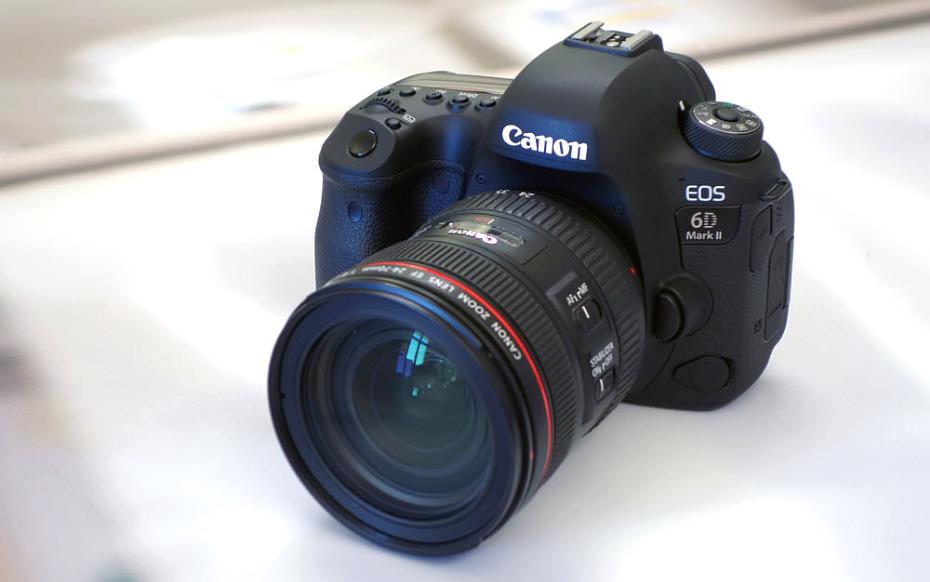
Value For Money
The Canon EOS 6D Mark II is available for £1999 body only, which makes it one of the more expensive "entry-level" Full-Frame DSLRs, particularly up against the following cameras. Alternative full-frame cameras to look at include the following:
Pentax K-1, 36mp, 4.4fps continuous shooting, GPS/Wi-Fi, £1999 body only
Nikon D750, 24mp, 6.5fps continuous shooting, Wi-Fi, £1299 body only
Sony Alpha A7 Mark II, 24mp, 5fps continuous shooting, Wi-Fi, £1199 body only
Have a look at more options in our Top 10 Best Full-Frame DSLR Cameras, or Best Premium Mirrorless Cameras. You'll also need to buy a memory card and a case or bag to keep your camera safe and protected - have a look at our complete guide to camera bags.
Canon EOS 6D Mark II Verdict
The Canon EOS 6D Mark II gives increased resolution compared to the 6D it replaces, with no reduction in noise performance. You also get great colour reproduction, and an easy-to-use menu system and controls. There's also a welcome update to the number of AF points, although the area is very centrally located.
The price compared to the original 6D is a little high. When the 6D was originally reviewed, it was one of the cheapest full-frame (FF) Digital SLRs available, and there were no full-frame mirrorless cameras (the Sony Alpha A7 wasn't announced till October 2013). The 6D was also one of the most compact full-frame DSLRs available. So it had two massive selling points, price, and size. Now, the 6D Mark II no longer offers one of the cheapest FF DSLRs, and it's no longer particularly small when compared to FF mirrorless cameras. However, it does offer excellent battery life, particularly when compared to mirrorless cameras on offer.
The Canon EOS 6D Mark II does enough to keep Canon shooters happy, delivering excellent colour, and high image quality, along with fast focus in both normal and live view shooting. For those looking for a full-frame camera with no prior lens preferences, there's little reason to pay more for the 6D Mark II over a Sony Alpha A7 II, or Nikon D750. Why not save yourself £700 to £800 and buy some lenses instead?
If you already have the lenses, and want to upgrade from another Canon DSLR, then the 6D Mark II will make a great full-frame Digital SLR. The Canon EOS 6D Mark II does everything asked of it, delivering great image quality.
 |
The Canon EOS 6D Mark II offers great image quality. |
